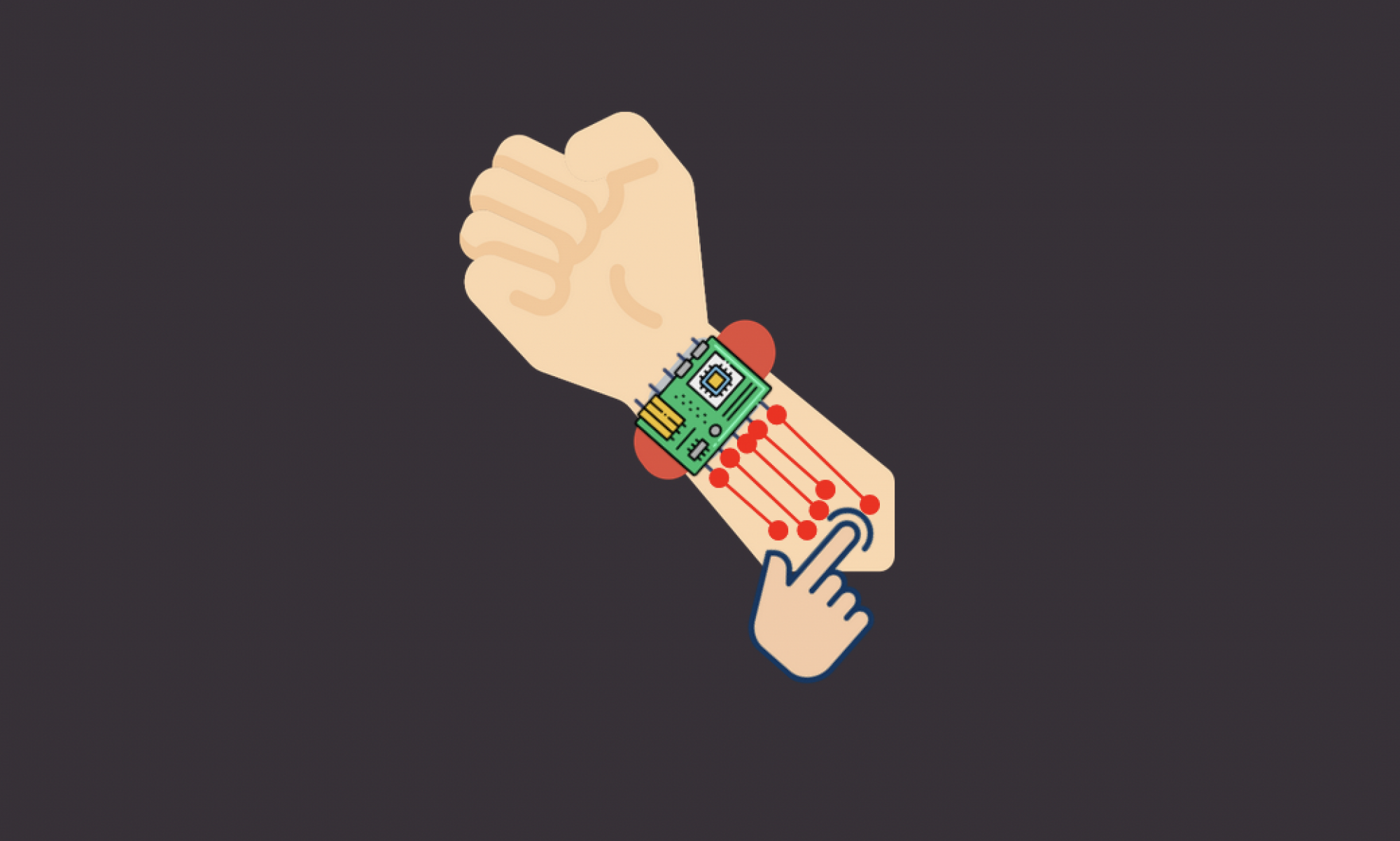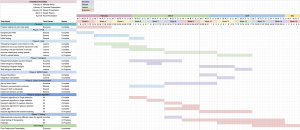This week, we had our interim demos. I worked on updating our schedule, which can be seen in our Interim Demo post. I was also in charge of making sure that we had all the parts together for the demo.
The night before demos, I attempted to work with the Jetson Nano again. I was able to connect to the Internet, but I was having a tough time downloading Python packages in order to train the machine learning model. I thought it might have been related to location, so I tested the connection in the UC with Edward. However, I still wasn’t able to download packages, even though I was connected. I will be speaking with Professor Mukherjee next week to see if he is able to help.
The team decided to take a small break for Carnival, but we will get back to working on integration and the machine learning model next week. We created a state diagram of how our gesture detection algorithm should work after detecting how many fingers are present. Once the gesture is determined, we will use metrics such as minimum or maximum to decide how much of the gesture is being performed. We have the foundations for both, but we have more information on the latter than the former.

State Diagram of Gesture Detection Algorithm. Swipes refer to the finger detection algorithm returning 1 finger, pinches returning 2, and none returning 0 or undetermined
We are currently on schedule, but since it’s the final few weeks of building, I want to push myself to finish our project by the end of next week and begin final testing. We are hoping to finish the gesture detection algorithm by Tuesday so that we can make incremental improvements for the remainder of our Capstone time.

